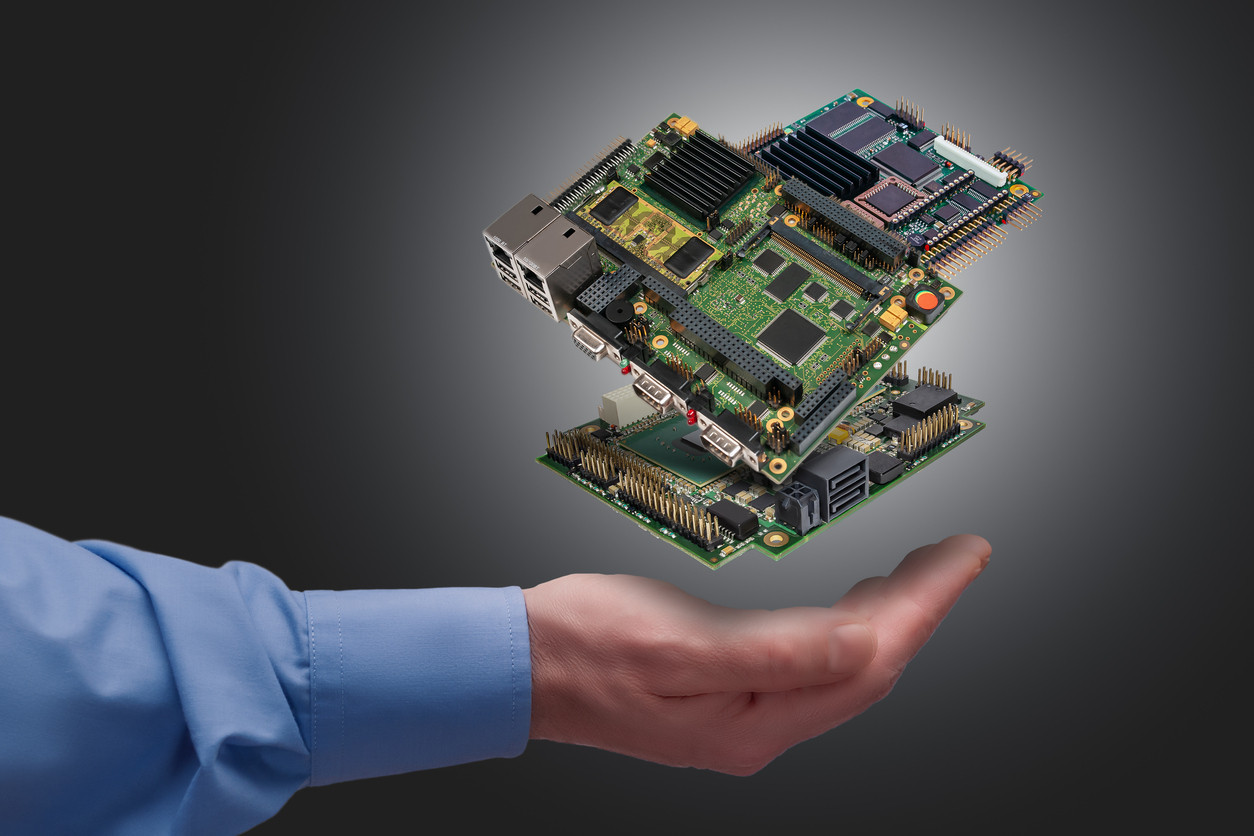Embedded Components in PCBs: The Future of Compact Electronics
Insights | 15-07-2024 | By Ellie Gabel

Many trends are driving change across the electronics industry, but few are as pervasive as the push for miniaturisation. Demand for more compact form factors is rising across all electronics segments, leading engineers to rethink long-held design principles. The growing popularity of embedded PCB components embodies this shift.
Embedded components are not new but have historically been the domain of niche medical or aerospace applications. Now that microelectronics are becoming the new norm, that is no longer the case. Electronics engineers serving all markets could benefit from learning to implement this practice into their designs.
The Rise of Embedded PCB Components
Much of this recent rise in miniaturisation stems from the Internet of Things (IoT). The number of connected devices will triple by 2030 compared to 2019’s figures if current trends persist. Relatedly, the medical wearables sector has seen significant growth as telehealth access has expanded. More compact electronics are ideal in both of these booming segments.
Embedded PCB components are not the only way to meet the microelectronics demand, but they are a convenient option. Flexible and semi-flex PCBs can be difficult and expensive to manufacture. At a certain point, miniature vias and traces require specialised machinery to place without introducing interference concerns. Embedded components are comparatively easy to implement.
Recent technological innovations have also made embedded components a more viable option. 3D printers can now print substrates and traces to streamline PCB production or leave room for embedded parts without cutting. AI-assisted design tools make simulating how different embedded arrays would impact board performance easier to ensure functionality before production.
Benefits of Embedded PCB Components
Now that these technologies have made embedded components easier to implement, manufacturers can reap many benefits. The most obvious is placing parts within the board itself produces a flush, more compact PCB. In turn, the devices using these chips can be much smaller.
Embedded components can also save time. Adding parts to a board is time-consuming, as most soldering projects require multiple sessions and time to cool in between. Printing components into the board means workers have less to solder. As a result, lead times can drop and throughput can increase to meet rising demand.
Another benefit is embedded components open the door to new channel pathways. Working in three dimensions instead of two means more ways to place and connect components. Consequently, engineers can shorten signal paths, reduce resistance and avoid signal interference.
Considerations for Working With Embedded Components
Of course, embedded components carry some unique workflow considerations. Making the most of this opportunity starts with choosing the optimal way to embed anything.
There are two main approaches here — carving cavities in the board to place components in and fabricating parts directly onto the substrate. The former is simpler but can take more time. The latter requires specialised 3D printers and may not work for all components but streamlines production. Which is best depends on the specific use case, available resources and budgetary constraints.
Signal routing can also be complicated when embedding components. Carving channels to fill with conductive elements quickly becomes time-consuming and introduces space concerns when dealing with components on multiple levels. Conductive 3D printer filaments are often the better option. By removing the need to cut channels, 3D printers can produce a working PCB in less than 24 hours and enable smaller channels to maintain compact designs.
AI design tools can also help. While human engineers should always have the final say, simulations can reveal where a design should change to produce a more functional or compact PCB.
Electronics Engineers Must Keep Up With PCB Trends
The electronics industry is changing faster than ever. Likewise, PCBs must adapt to keep pace with these shifting demands, so engineers must stay abreast of new technologies and strategies like embedded components. Learning how these innovations can help businesses serve modern markets is essential to remaining competitive.

